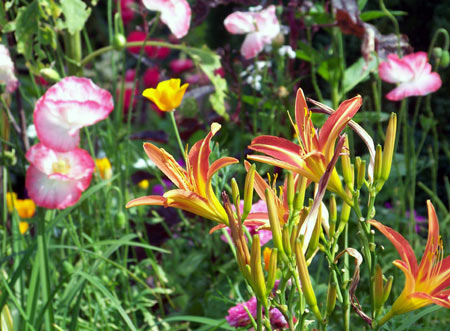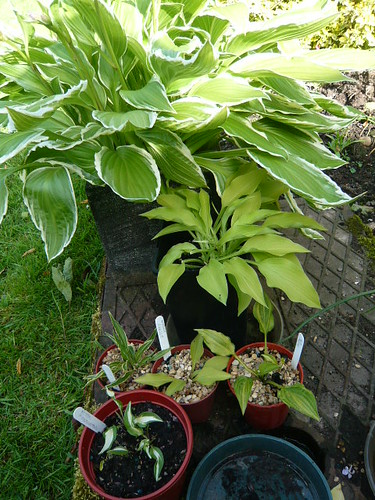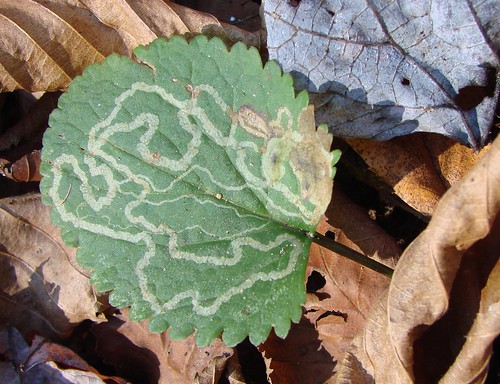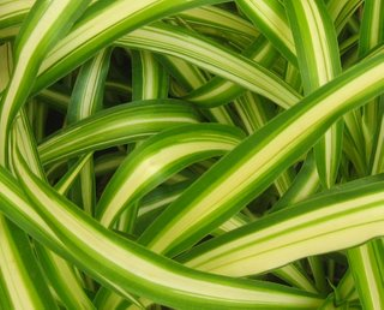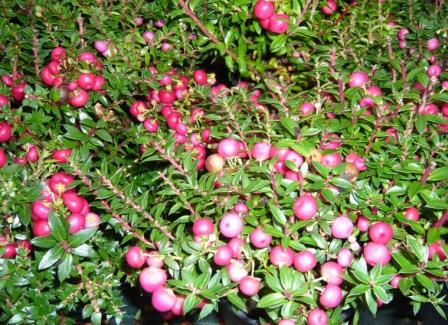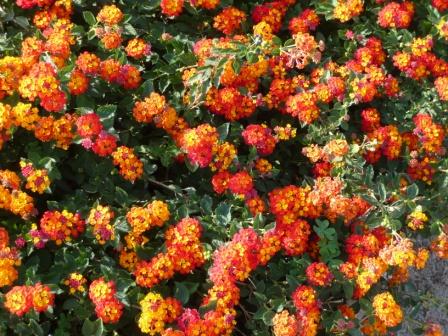The Joy of Gardening
Gardening is one of the most popular pastimes; everyone knows we are supposed to enjoy our garden but do we enjoy gardening or at times does it just feel like hard work? Is it similar to the Joy of Sex or 50 Shades of grey-green?
These are some tips for enjoying gardening.
Don’t Expect Perfection
Some people are never happy until every weed is removed and every plant is in the right place. This means that, even in a small garden, you will always be facing an uphill struggle to keep on top of the garden. A good gardener places emphasis on getting the important structure right, but then allows nature to have her own say as well. Don’t feel guilty just because some weeds are creeping through your borders. Don’t expect plants to behave exactly as you want. If you look at nature, you rarely see plants in a nice neat rows. (see: definition of a weed)
80 / 20 Principle
The 80 / 20 principle says that you can achieve 80% of your improvement with 20% of your effort. When gardening start with the jobs that make the biggest difference to the look of the garden. Don’t start with weeding an area out of sight by the compost heap. Start with making small changes in your main border which will make a big difference.
Take Time To Enjoy
A garden isn’t just a place of work, but somewhere to enjoy. You will always be able to find jobs to do in a garden; but, sometimes you need to say that you are just going to enjoy the garden – the weeds can wait for another day. Similarly, when you work, be focused. In one hour of concentrated weeding, you can probably do more than several odd 5-10 minutes sessions.
Garden is Living Entity.
Don’t just think about plants. Try to encourage wildlife such as birds; they help to create a feeling that the garden is being lived in rather just something to admire like a museum.
